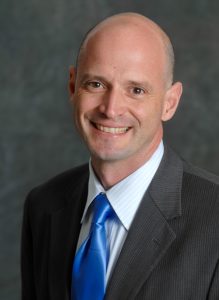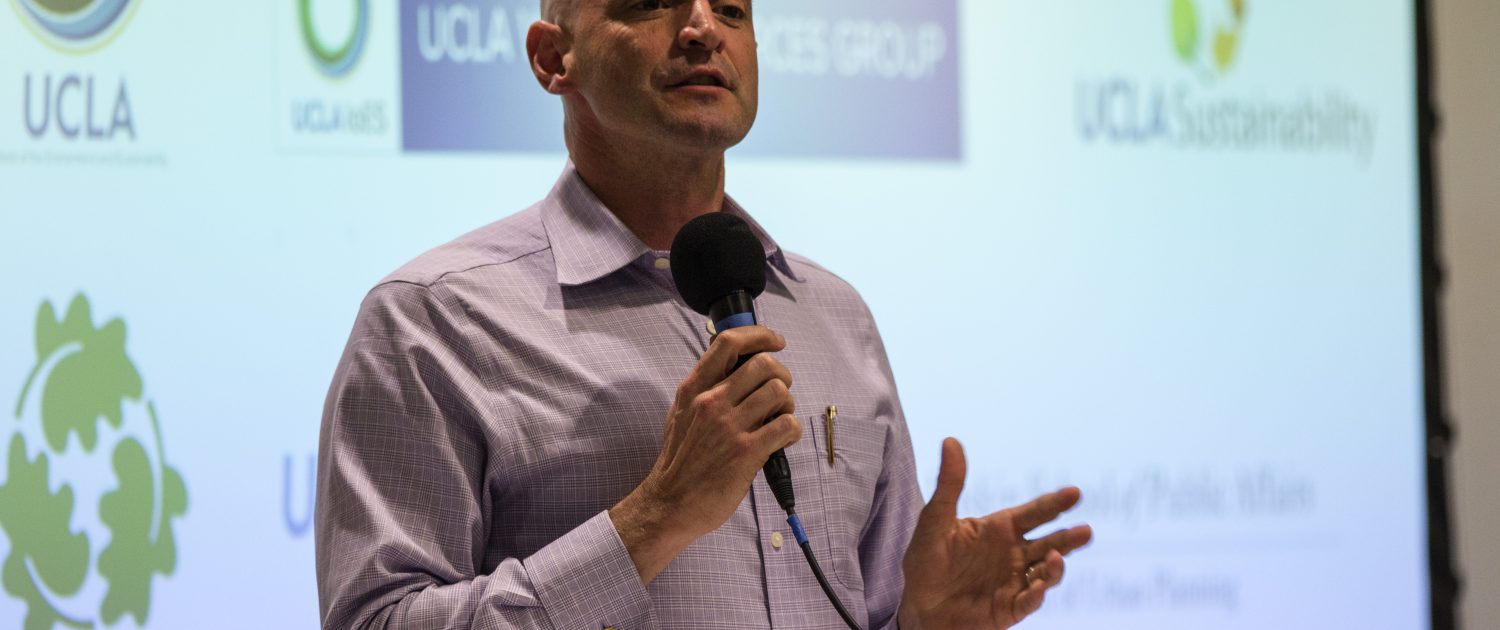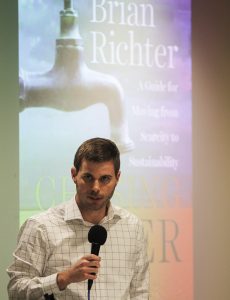Alternative Utility Providers Offer Options for Energy Customers New report by the UCLA Luskin Center for Innovation assesses the options available to Santa Monica and other cities in Los Angeles County
By Colleen Callahan MA UP ’10
Los Angeles County is set to launch its own electricity provider in 2018, giving customers another option besides longtime power company Southern California Edison. Called Los Angeles Community Choice Energy, the county’s venture is part of a wave across California of new community choice aggregators.
Community choice aggregators (CCAs) enable cities or counties to make decisions about what kinds of energy resources and local clean energy programs in which to invest, such as local renewable energy. Since 2010, California communities have established nine CCAs, with over a dozen municipalities actively exploring forming a CCA and many others considering joining one. Multiple CCA models have arisen out of this rapid growth. Now cities such as Santa Monica have multiple CCA options.
A new study by the UCLA Luskin Center for Innovation analyzed three CCA options to inform Santa Monica’s decision whether to form or join a CCA.
“This study commissioned by the City of Santa Monica is garnering wide attention from cities across the region that are faced with a similar set of options, because it is an important decision,” said J.R. DeShazo, director of the UCLA Luskin Center for Innovation. The decision could affect electricity rates for local customers, the amount of renewable energy procured and how much money could be available for local energy programs, among other consequences.
The study assessed the strengths and potential challenges of Santa Monica’s three CCA options:
- Los Angeles Community Choice Energy (LACCE), a large, soon-to-launch CCA with member cities across Los Angeles County. This regional option may dilute influence for Santa Monica, in terms of its direct vote on the governing board. However, it could also provide Santa Monica with the greatest economies of scale, which would well position the city to meet its ambitious renewable energy and other environmental goals while avoiding long-term risks.
- South Bay Clean Power (SBCP), a CCA designed for a group of cities in the South Bay and Westside subregion. SBCP is more a set of recommendations than an operationally ready option at this time. SBCP’s business plan includes innovative, sophisticated strategies for a next generation CCA, which others outside of SBCP could adopt. With no other currently committed members, Santa Monica would likely have to take the lead in its development and it would likely benefit from fewer economies of scale than LACCE.
- A single-city CCA through the services of California Choice Energy Authority (CCEA), which pools services for multiple single-city CCAs. The business model for CCEA allows for member cities to have a significant amount of autonomy to pursue and meet renewable energy and other goals. However, it would also involve an initial financial and staff commitment.
Relying in part on UCLA’s research findings, the Santa Monica City Council recently voted unanimously to join LACCE as the first step in a two-step approval process.
The associated Santa Monica staff report states, “The UCLA study helped to inform staff’s recommendations. … LACCE is operationally ready and could provide the City with a variety of economies of scale and a stronger voice for the legislative and regulatory discussions that lay ahead.” By collaborating with other cities through this new regional energy partnership, Santa Monica hopes to be a powerful voice pushing for clean energy strategies that advance the City’s progressive environmental goals, according to the report.


 The UCLA researchers have partnered with a clean technology company named Chai Energy. “Chai developed a free smartphone application that displays your home daily electricity consumption and provides you with tips on how to better manage your electricity bill,” DeShazo said. This could include knowing when it makes financial sense to replace an old appliance, or simply what time to use it based on electricity prices. Chai has also developed a gateway device that establishes communication between a participant’s smartphone and the smart-meter already installed in his house, allowing users to see real-time energy consumption by individual household appliances.
The UCLA researchers have partnered with a clean technology company named Chai Energy. “Chai developed a free smartphone application that displays your home daily electricity consumption and provides you with tips on how to better manage your electricity bill,” DeShazo said. This could include knowing when it makes financial sense to replace an old appliance, or simply what time to use it based on electricity prices. Chai has also developed a gateway device that establishes communication between a participant’s smartphone and the smart-meter already installed in his house, allowing users to see real-time energy consumption by individual household appliances.
























